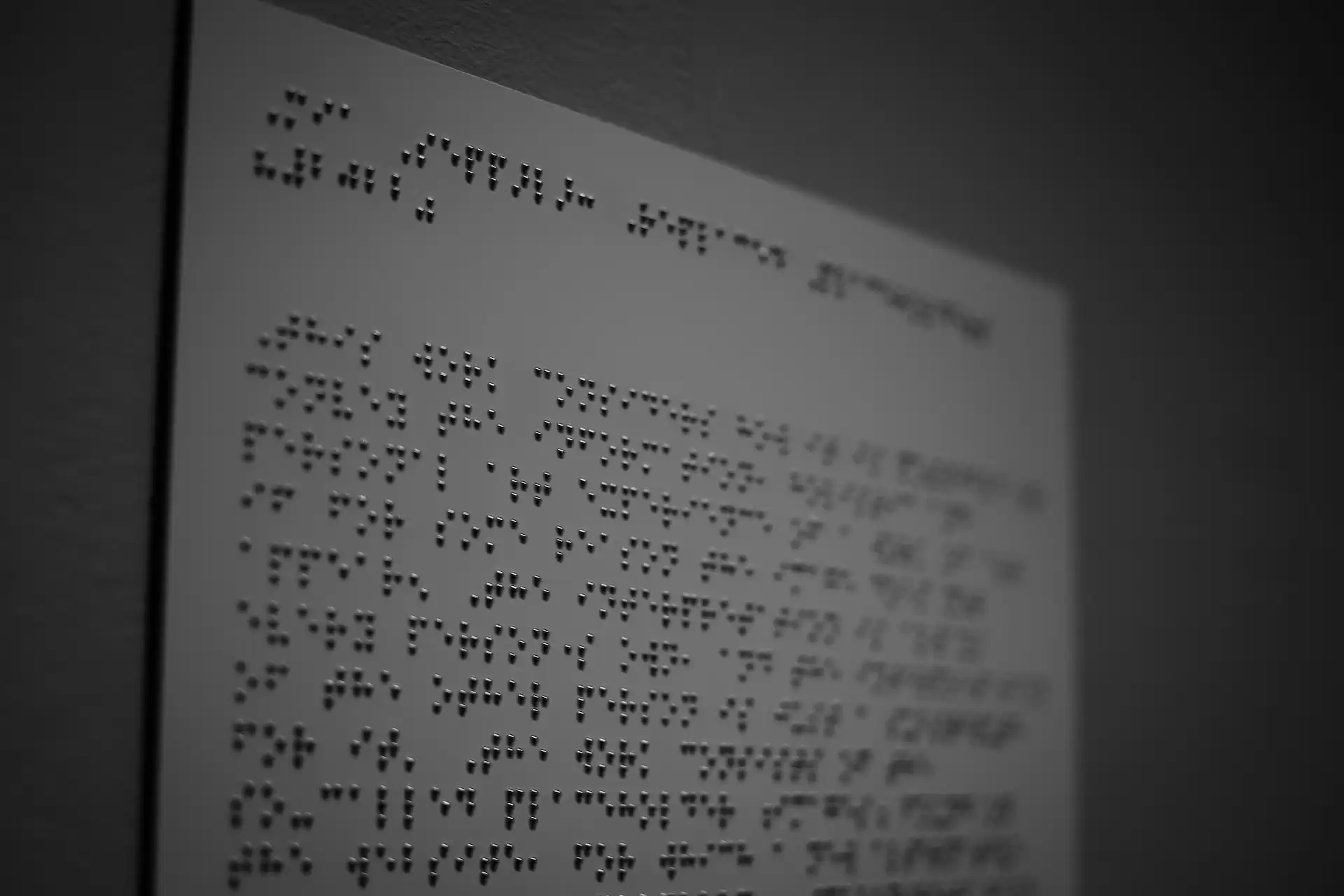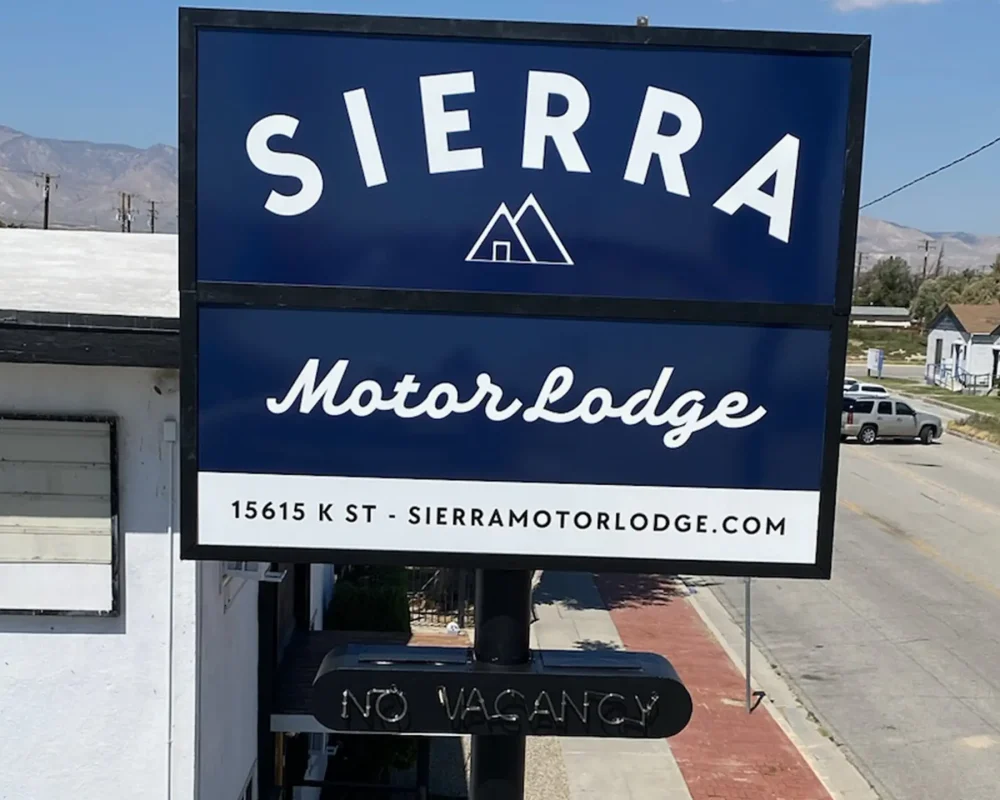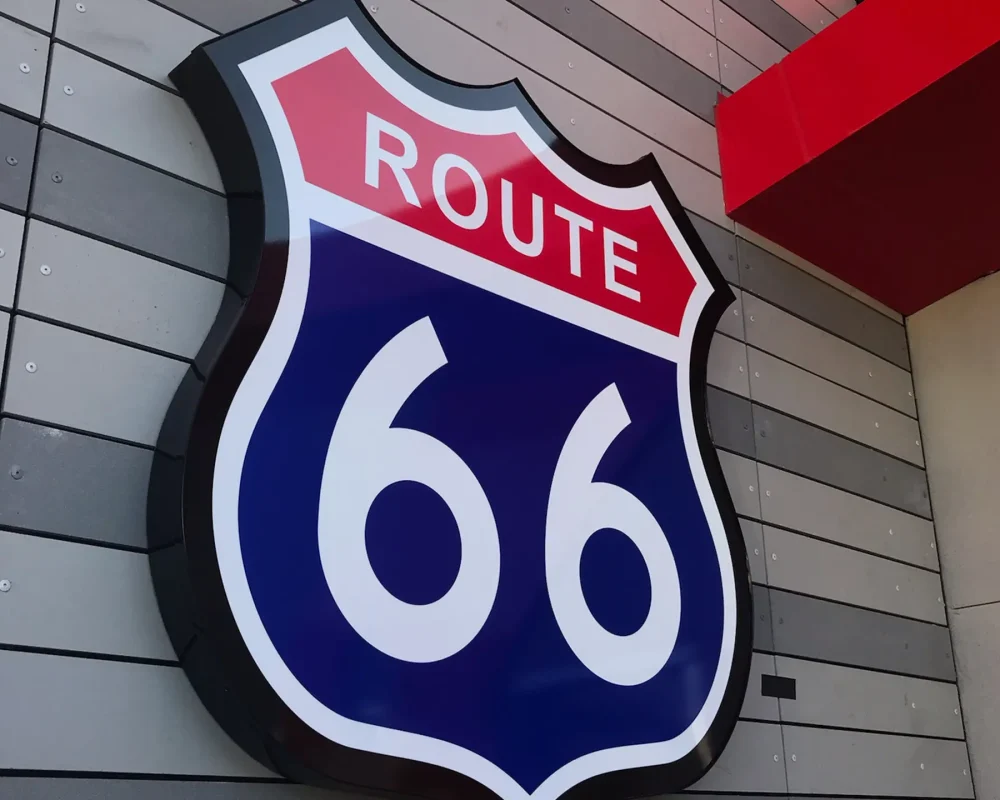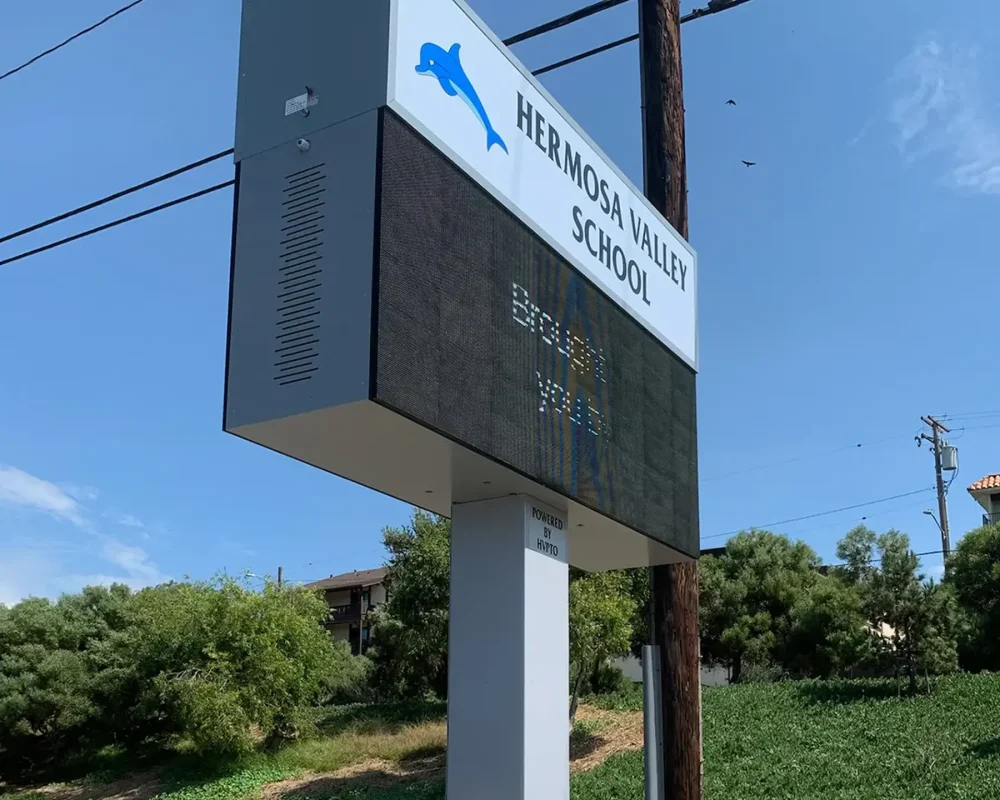On July 26, 1990, the Americans with Disabilities Act was signed into law in the United States. The ADA defines disability as “a physical or mental impairment that substantially limits one or more major life activities.” This federal mandate provides protections for people with disabilities, including anti-discrimination rules for employment, allowing persons with disabilities equal opportunities to work. It also lays out accessibility standards, including requirements for businesses to have ADA-compliant signs. On top of the federal guidelines, the state of California has additional accessibility requirements. Today’s discussion will focus on braille and its use in ADA-compliant room signs.
What are ADA Signs?
ADA signs are one of the accessibility requirements that all U.S. businesses (with very few exceptions) must follow. All of these permanent rooms in a place of business have to have accompanying ADA building signage next to them:
- Restrooms
- Exits and emergency exits (including doors, stairs, and routes)
- Accessible parking spaces and checkout aisles
- Elevators and elevator car controls
- Any directional or informational signage should have accompanying ADA signs
- Any non-accessible exits, restrooms, and elevators must have directional signage to the nearest accessible exit, restroom, or elevator
Everyone has to follow strict design standards and height requirements regarding ADA wall signs. This allows persons with disabilities to locate signs inside buildings more efficiently. For example, if you need ADA building signage next to a single door, it must be placed on the latch side of the door in the room. The lowest tactile character on ADA signs must be consistently measured between 48 and 60 inches from the floor before you can place them on the wall.
Is Braille Required for ADA Signs?
Yes, braille is required on all ADA-compliant signs. At the same time, not all persons with disabilities have visual impairments. Those who do have visual impairments have the right to have signage that is accessible to them. It is imperative to have ADA signs because there will not always be a worker present to tell you where the doors, stairs, elevators, and restrooms are located inside a building.
ADA Braille Sign Requirements
Here are some of the basic requirements regarding braille on ADA wall signs:
- Use a grade two variant and include dome-shaped dots
- Capitalization should follow the same rules on ADA signs as is found in written English
- Braille lettering has to be positioned just below the corresponding printed text
Conclusion
ADA signs are a crucial requirement that businesses in the United States must follow. If your business is looking for wholesale custom ADA signage, you can trust Resource 4 Signs. We are Southern California’s top provider of custom ADA signs, and you can order ADA-compliant signs from us anytime.





